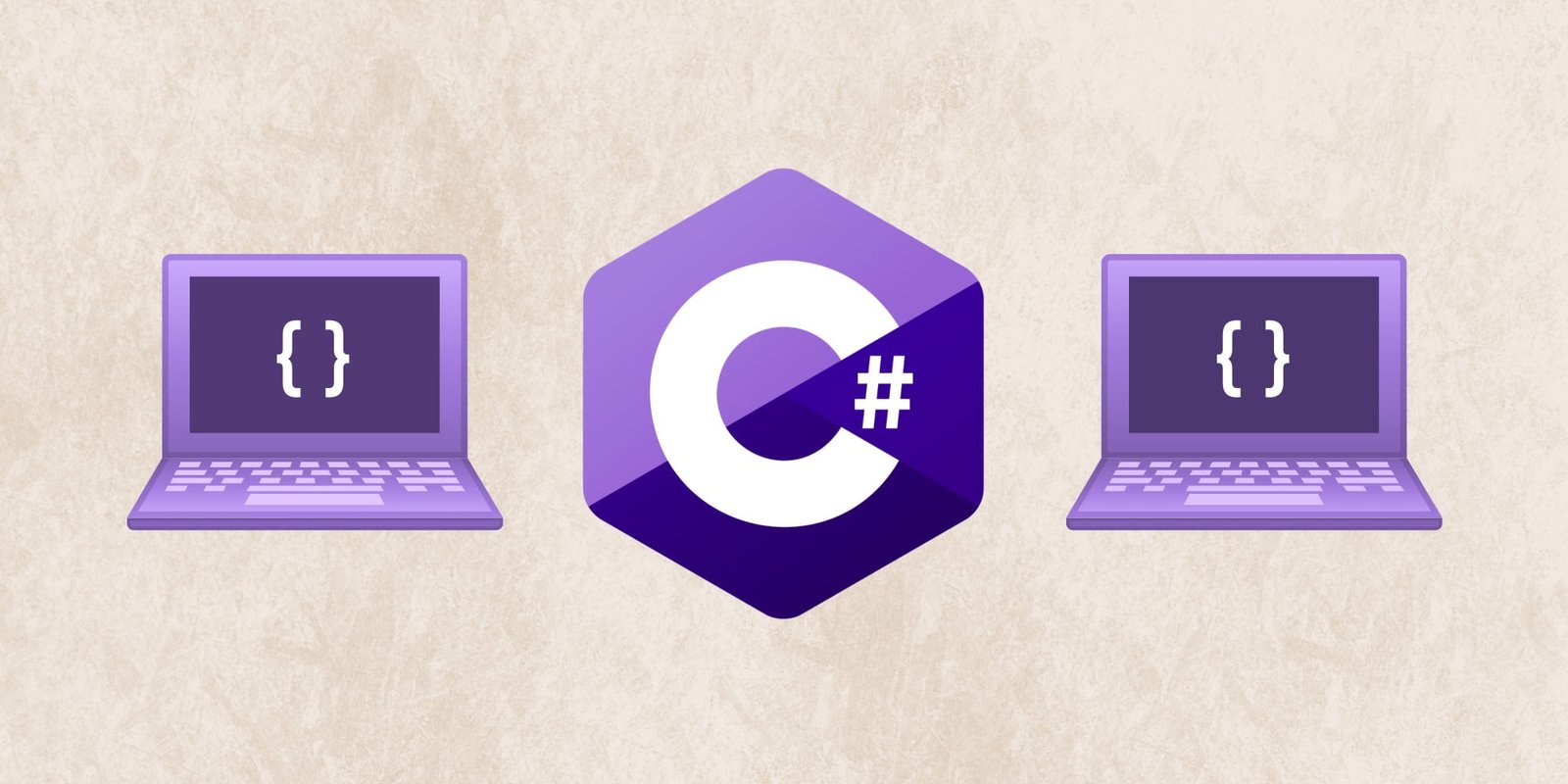In the world of programming, data management plays a crucial role in ensuring the efficiency and effectiveness of an application. One of the fundamental concepts in C# programming is the use of arrays and collections to store and manipulate data. In this article, we will explore the basics of data management with C# arrays and collections, and how they can be utilized to enhance the functionality of your applications.
Understanding Arrays
An array is a data structure that allows you to store multiple values of the same type under a single variable name. It provides a convenient way to access and manipulate a collection of related data elements. In C#, arrays are zero-indexed, meaning the first element is accessed using the index 0.
To declare an array in C#, you specify the data type followed by square brackets and the variable name. For example, to declare an array of integers called “numbers”, you would write:
int[] numbers;To initialize the array with specific values, you can use the following syntax:
int[] numbers = { 1, 2, 3, 4, 5 };You can access individual elements of an array using their index. For example, to access the second element in the “numbers” array, you would write:
int secondNumber = numbers[1];Arrays also provide various methods and properties for manipulation, such as sorting, searching, and resizing. These operations can be performed using built-in methods or by utilizing the functionalities provided by the System.Array class.
Working with Collections
Collections, on the other hand, are a more flexible alternative to arrays. They are part of the System.Collections namespace and provide additional features and functionalities not found in arrays.
One of the commonly used collection classes in C# is the List class. This class allows you to store and manipulate a collection of objects of a specific type. Unlike arrays, lists can dynamically grow or shrink in size, making them more versatile in handling data.
To use the List class, you need to import the System.Collections.Generic namespace. Here’s an example of declaring and initializing a list of strings:
using System.Collections.Generic;
List names = new List();
names.Add("John");
names.Add("Jane");
names.Add("Alice");You can access individual elements in a list using their index, similar to arrays. Additionally, lists provide various methods for adding, removing, and manipulating elements. For example, to remove an element from the list, you can use the Remove() method:
names.Remove("Jane");In addition to lists, C# provides other collection classes such as dictionaries, queues, and stacks, each with its own unique features and use cases. These collections offer different ways to store and manage data, depending on your specific requirements.
Benefits of Using Arrays and Collections
Using arrays and collections in your C# applications offers several benefits:
1. Efficient Data Storage
Arrays and collections provide efficient ways to store and organize large amounts of data. They allow for quick access and manipulation of elements, making data management more efficient and effective.
2. Dynamic Memory Allocation
Collections, such as lists, dynamically allocate memory as needed, allowing for flexibility in handling data. This means you don’t need to predefine the size of the collection, making it easier to manage varying amounts of data.
3. Enhanced Functionality
Collections offer additional functionalities that are not available in arrays, such as sorting, searching, and filtering. These features can significantly simplify data manipulation tasks and enhance the functionality of your applications.
4. Code Reusability
Arrays and collections allow you to write reusable code by encapsulating data and related operations into a single entity. This promotes modular programming and improves code maintainability and readability.
Conclusion
Data management is a critical aspect of programming, and C# provides powerful tools like arrays and collections to handle and manipulate data efficiently. By understanding the basics of arrays and utilizing the various collection classes available in C#, you can enhance the functionality and performance of your applications.
